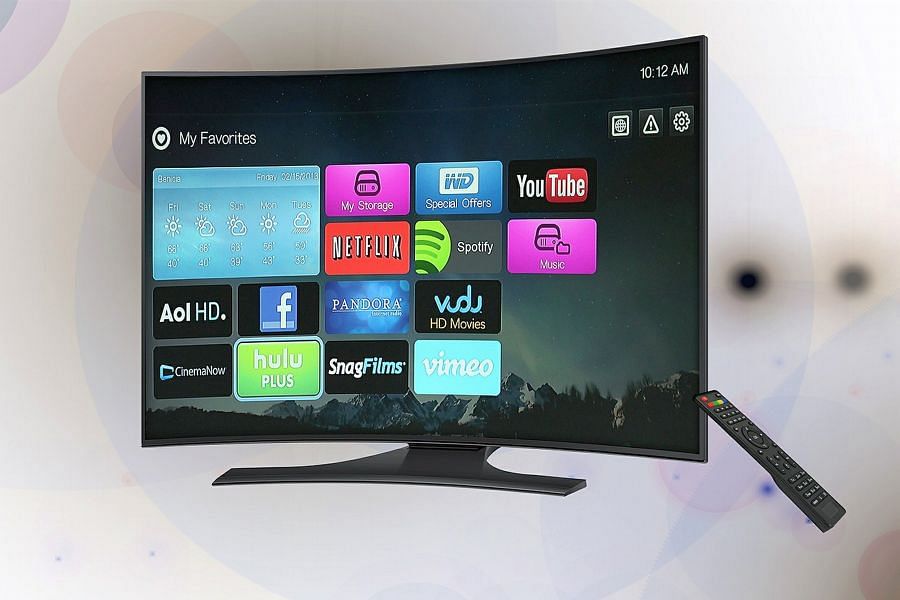
Back in the day, buying an LCD (or LED) television set was a fairly straightforward affair. Without smart TVs around, it was just a matter of settling on the screen size, brand and finding the best deal.
Before TVs became smart, they mostly ran on Linux-based Operating Systems (OS) and there was no real question of updating the software or dealing with OS malfunctions. There might have been the odd TV with software problems, but they generally worked without a hitch. It was simple with older flat-panel TVs – when there is a signal input, the picture appears on the screen.
Smart TVs these days generally run on Linux-based OS, while some manufacturers like Samsung have their own OS. But otherwise, all other TVs available in the market are based on Android.
The trouble with an open source-based OS like Android is that the TV could very well crash or be susceptible to hacking. Moreover, there were recent news reports that Android TVs can track what the user is watching.
Leaving aside the above possibilities, consider this – an Android TV is like a smartphone and there will be software updates from the manufacturer. But what happens when the manufacturer stops rolling out software updates? Unlike a smartphone, most users will easily retain a TV set for five years or more. There are still a lot of older LCD and LED TVs working fine even after a decade of use.
But with today’s TVs, if updates are stopped in the future, there is every chance of a TV malfunction. Or it could be an annoying experience using a TV that has an outdated version of YouTube, for example.
The other question is about where we are heading with these TVs. It is becoming like the smartphone war that we are seeing today. As manufacturers cram in more software, there is a lot more that can go wrong with the set. With more software loaded, the hardware specifications also have to be better. So, problems could begin after some time because the existing hardware may not be enough to handle the updated software.
Some of the problems above might be more prominent in low-cost TV sets because manufacturers may not be in a position to invest a lot of money for development and refinement of the product.
For those who have older TVs, viewing streaming content is possible. Owners of non-smart TVs can view Netflix, YouTube or Amazon Prime Video with streaming devices connected to the HDMI port of the TV. There is little reason to fall for the current trends and buy an Android TV. One of the main reasons to buy a newer TV would be if you are upgrading from a high definition set to a 4K set.
It is a fact that staying away from Android and smart TVs is impossible these days. A bit of research and not going purely by current trends might be a safe bet.